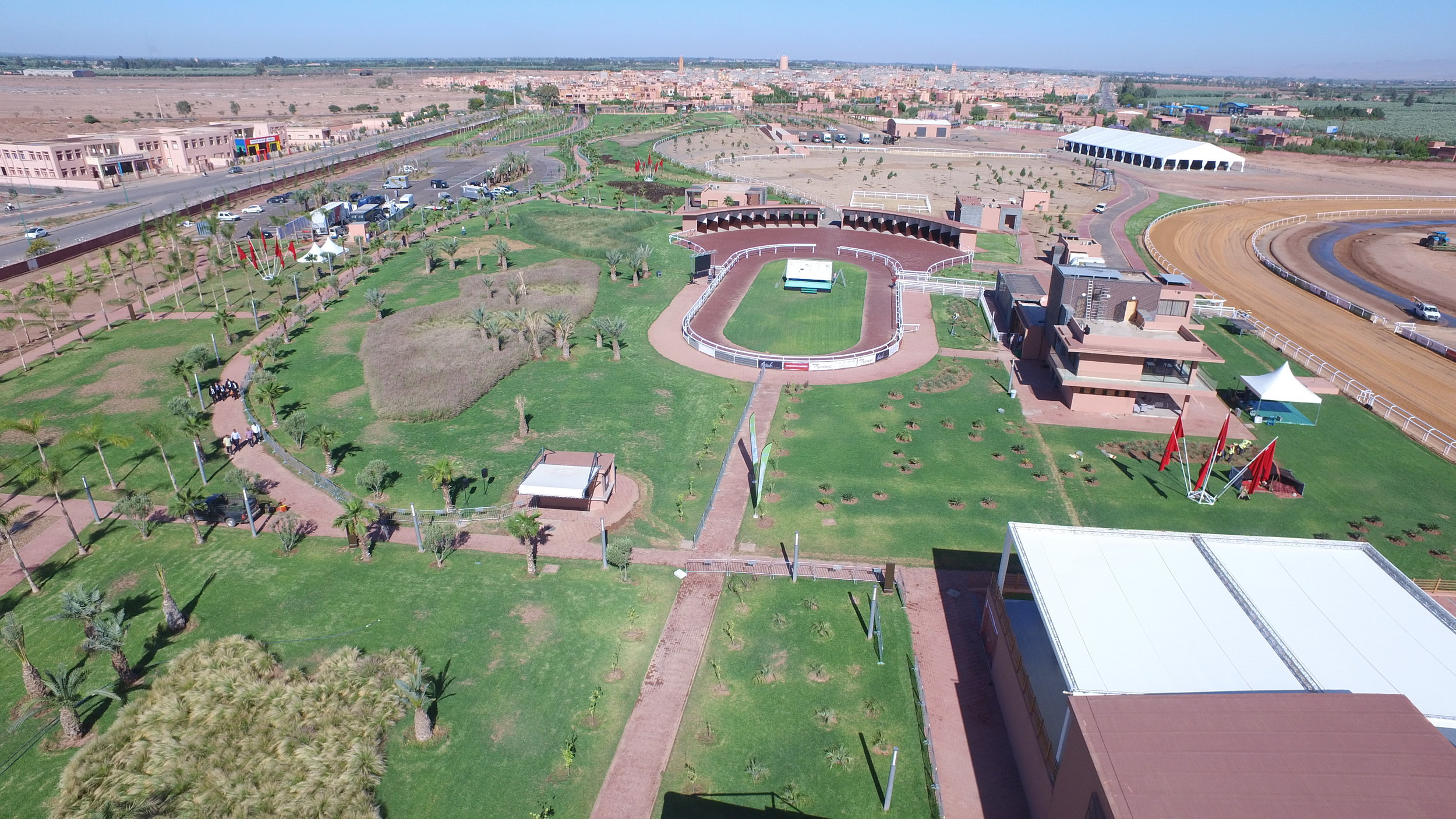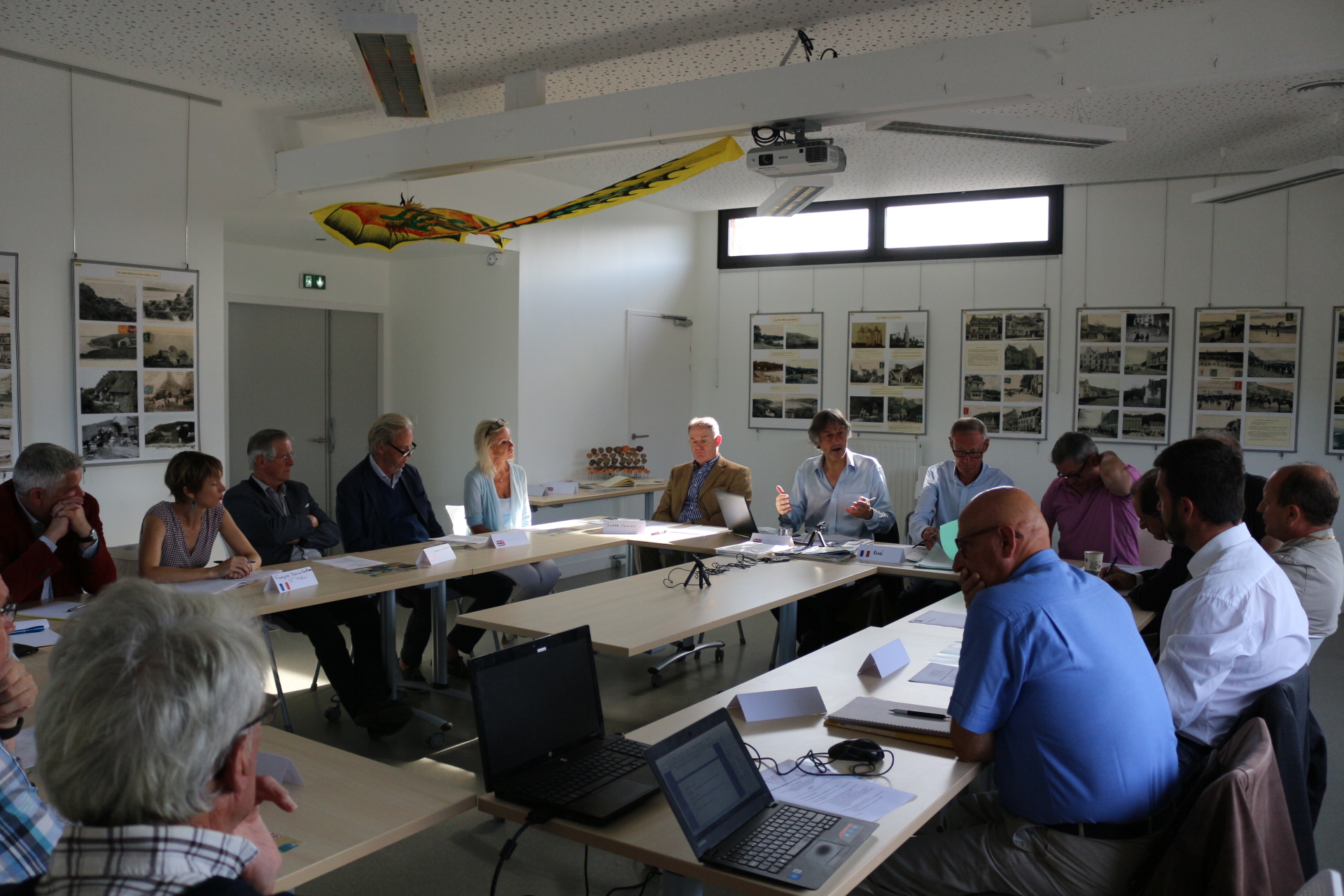European Pattern Committee - regulating 'black type' races
/By Dr. Paull Khan
THE EUROPEAN PATTERN COMMITTEE: CHAIR BRIAN KAVANAGH ANSWERS YOUR QUESTIONS
In this issue, we begin a series of articles in which we look at some of the EMHF region’s committees. We start with the European Pattern Committee, which controls the classification of black type races in Europe, monitoring the quality of the fields and agreeing when races should be upgraded or downgraded. In future issues, we will look at two further committees, which deal, respectively, with dope testing and the health and welfare of jockeys. In each, we will pose questions, from trainers, to the relevant committee chair.
The European Pattern Committee (EPC) members are France, Germany, Great Britain and Ireland. The ‘Part 1 countries’ within the International Cataloguing Standards book, often known as the ‘Blue Book’, which lists the world’s black type races. The contents of the Blue Book can be viewed online at https://www.tjcis.com/otherServicesDisplay.asp?section=5.
Any other European country that stages a Group race published in Part I of the Blue Book may become an Associate Member of the EPC. Currently, these are Italy, Scandinavia (covering Denmark, Norway and Sweden) and Turkey.
The EPC’s chair is Brian Kavanagh, who is also chair of EMHF. Brian is CEO of Horse Racing Ireland. We asked board members of the European Trainers’ Federation for questions to put to Brian and here are the results.
Q: Why do we not have both black type and the horse’s best achieved rating in catalogues? This would clearly indicate the quality of the horse and the information would be a huge plus.
BK: This question comes up from time to time and is essentially one for the Sales Companies. The European Pattern Committee would have no difficulty with ratings being shown in a sales catalogue, however, it is not a straightforward issue. By their nature, ratings are a subjective, albeit expert, opinion and can change significantly, upwards or downwards, over a horse’s racing career and the distance over which they race. A horse’s peak rating cannot tell the full picture and, in some cases, could be confusing.
Q: The EPC should put pressure on the countries that pay prize money very late and take away their status. (One of my colleagues has not received funds from a race three years ago from Italy; this should not happen.)
BK: We have done this, and the EPC has put considerable pressure on Italy to get its house in order with the result that payment turnaround times have improved, although they need to be improved further. In general, owners and trainers will ‘vote with their feet’ and be reluctant to participate in races where there is a doubt over payment being received. As the better horses stay away from races, the rating of those races inevitably suffers.
Q: Should there be a 'minimum' value for inclusion in the pattern, just as there is in the US? Germany seems to run a ton of cheap Listed races!
BK: This is an interesting question and not one that the Committee has formally discussed. We assess the quality of races based on their three-year average ratings rather than their prize money levels and, up to now, have taken the view that it is up to each member country to determine its prize money levels.
Q: Closing dates for races are a big bugbear amongst trainers—the fact that some races close so early and some don't.
BK: Again, this is not something within the control of the EPC but is rather a decision for each individual country. We know that this is frustrating in relation to the Irish Classics, for example, and as a result, we in Ireland have been progressively moving the entry dates for our Classics to later in the year.
Q: I know that I, and many of my colleagues, often say that the Pattern lacks a ‘narrative’. It's meant to be a European Pattern but everything is very country-orientated. Is there a way to make the race series flow better?
BK: I think good progress has been made on this issue with the creation of Longines Irish Champions Weekend, the expanded Arc weekend programme and British Champions Day, which provide a clear end-of-season narrative with three major championship events in the three leading European countries. Gp1 races are very well coordinated at the European level and attract international fields. I have sensed a more ‘European’ approach to various issues amongst the Committee in recent years.
Q: Why aren’t Listed, Gp3 and Gp2 races prefixed with a country code, e.g., ‘GB L’ or ‘FR L’? This would make Gp1 races stand out more as being European 'championship' races.
BK: This is a new suggestion to me and I would not favour it, as it would imply a lesser domestic status in certain countries, whereas races are measured to the same criteria across Europe. As I said above, Gp1 races already stand out at the major championship events.
Q: Why can there not be a common set of rules for all of the European Pattern? That way, everyone would know where they stand when they run.
BK: This issue strays beyond the remit of the EPC. However, it is a sensible suggestion and I believe things are moving in the right direction. Ultimately, every country controls its own Rules of Racing, but there has been a lot of harmonisation in recent times in relation to major rules such as interference and prohibited substances while we are moving towards a greater consistency among the major European countries in relation to use of the whip. As regards to the areas in the EPC’s purview, we operate to a common weight-for-age scale and fillies’ allowance system.
Q: What about the introduction of a points-based system for Gp1 races? This would open up multiple opportunities for additional revenue for sponsorship and betting.
BK: This has been looked at previously but did not find favour as the factors which influence running behaviours are generally prize money levels, prestige and history of the race. Various Championship and Horse of the Year awards are made at the end of each year and attract positive media coverage and sponsorship. In the UK there is a British Champions Series, which is a points-based system. However, I believe that the prestige and increased value of winning a major Gp1 race will always be the primary ambition and motivation.
Q: How does the EPC deal with pressure from racecourses to have races upgraded?
BK: Naturally, racecourses will seek to have their races upgraded, and this is a good thing. However, the duty of the Pattern Committee is to ensure that any changes are for the greater good rather than just to the benefit of a racecourse or a sponsor. There are strict limitations on the number of races which can be promoted each year, which has meant that EPC member countries have to focus on those changes that will have the most beneficial impact.
Q: The staying division seems to have more downgrades than upgrades. Why is this?
BK: That may have been so up to recent years, but in recent years the EPC has specifically focussed on the staying race programme, including those for three-year-olds and fillies only. A number of races were upgraded—including the Goodwood Cup and the Prix du Royallieu, both of which moved to Gp1—while there has been a five-year moratorium on downgrades in the same division as it is a long-term project aimed to alter breeders’ and owners’ behaviours and will therefore take time.
Q: I would be interested to know more about how the jumps pattern works—from talking to different Clerks of the Course, it seems that it's up to the individual country’s authority to have a race graded. Surely, there should be similar principles in place as per their flat counterparts?
BK: The jumps pattern is a matter for individual countries, although Britain and Ireland operate with virtually identical ground rules and rating parameters.
Q: My question concerns the European Pattern Book. Could there be more of an online format for all trainers across Europe to access?
BK: Moving online is certainly worthy of consideration, though many trainers I speak to would prefer the hard copy as well.
Behcet Homurlu, outgoing vice-chair.
EMHF WELCOMES NEW VICE-CHAIR
Like so many the world over in this annus horribilis, the EMHF has been forced to abandon all face-to-face meetings. Plans to stage our General Assembly in Warsaw, originally in May, were kept alive for a while, with hopes that an October alternative date might prove possible. …













































